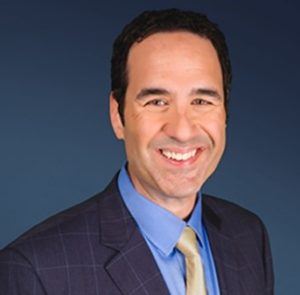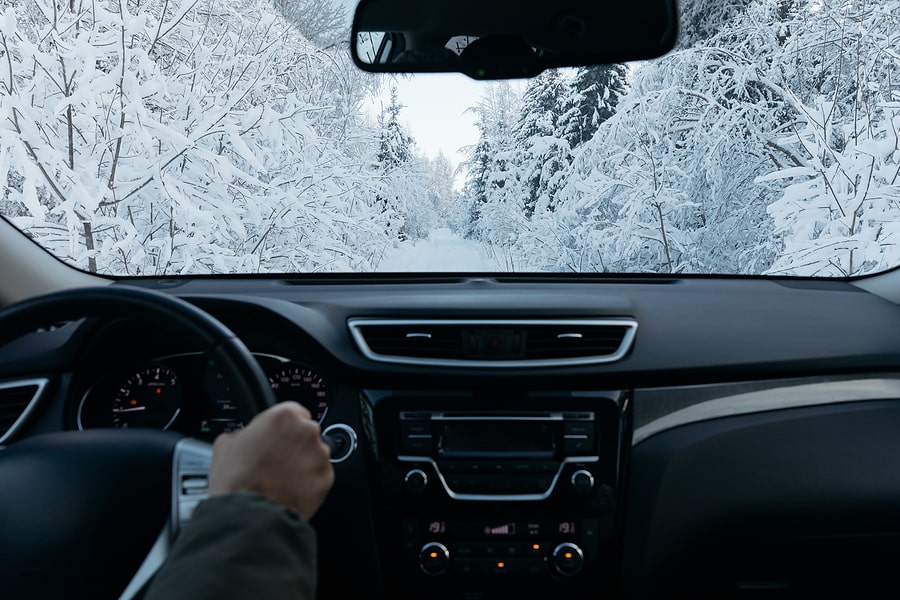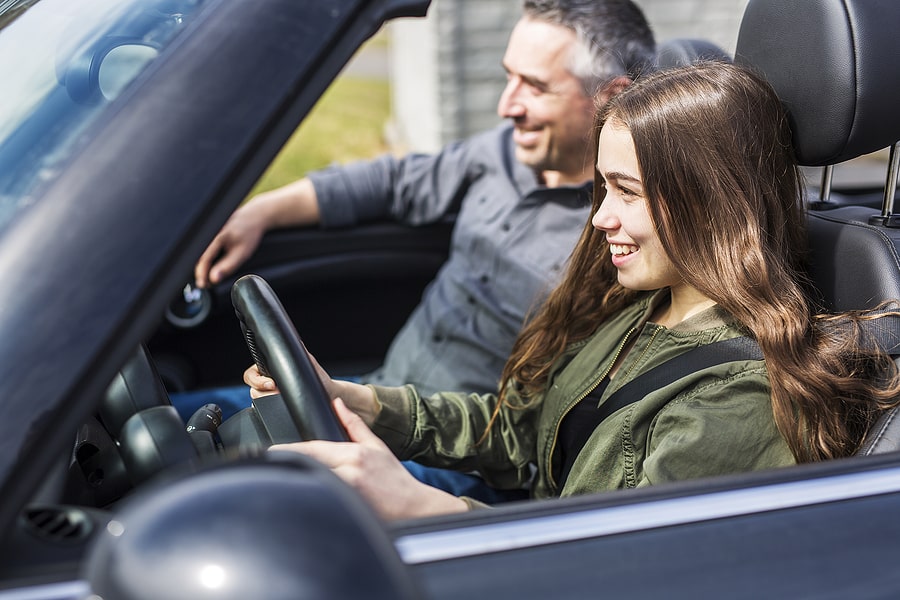Six Methods for Proving Your Claim
Coming out on top in an insurance claim or personal injury lawsuit after a car accident requires determining liability, which isn’t always an easy task. Several parties (insurance adjusters, investigators, police, drivers, witnesses, and more) put their two cents in, but they don’t always tell the truth. Figuring out who has legal liability for someone’s car accident injuries involves using clues and evidence to piece together who hit whom.
If you were involved in a car accident, you’re stressed enough. You shouldn’t have to deal with lying, cheating, and manipulation from those who try to avoid financial liability. Below the car accident attorneys at Stewart J. Guss discuss how to prove who hit you, and how to hold them accountable.
Negligent Drivers Lie to Avoid Financial Responsibility
If someone accidentally harms you, you hope they would want to make things right. However, causing a car accident, especially when bodily injury or death is involved, can be costly for the at-fault driver. Motorists with a criminal history or a bad driving record often feel the need to lie to avoid consequences like the fines, fees, increased insurance rates, and other costs that come with causing an accident.
According to the National Highway Transportation Safety Administration (NHTSA), bad driving represents is a pervasive, chronic problem. More than 51,000 drivers were in fatal crashes across the nation in just one year, and many had previous records and accidents. These alarming statistics include:
- 8,423 (16.4%) of drivers in a wreck had previous crashes.
- 7,253 (14%) had previous license suspensions or revocations.
- 9,647 (18%) had previous speeding tickets.
- 1,573 (3%) had previous DUIs.
Another reason drivers might lie about an accident is to avoid losing their job, if they drive a company vehicle or a commercial vehicle. Other drivers might lie to avoid racking up “points” against their license that could result in suspension.
If you’ve been involved in a car accident after another car struck your vehicle, don’t let the driver get away with it! Contact a car accident attorney who can help you hold the negligent driver accountable. They will use their expertise to work with insurance companies, law enforcement, investigators, and forensic scientists.
The following methods could help you in your pursuit of justice:
Method One: Photographic Evidence
When police arrive at the scene of an accident, they write down facts and statements that eventually go into an official crash report. In some cases, officers take photos or draw diagrams. But police can’t take pictures of an accident scene until they get to the accident scene. A lot could change in the time it takes for them to get there, like cars moving out of the way of traffic or a driver leaving the scene of the accident altogether. Valuable evidence could be lost or displaced during these moments.
Use your smartphone to take photos of an accident scene. They could prove incredibly valuable. While a photo doesn’t necessarily prove what happened, it can show clues that support other physical evidence, making it easier for law enforcement, accident investigators, and courts to determine who is at fault. Remember, there is no such thing as “too much evidence!”
Make sure to capture close-up and wide images of all involved vehicles and the damage done to them, as well as your surroundings like signage, lights, or other damaged property. Photograph the road’s surface as well – slick spots or skid marks could be useful in proving how the accident happened and helping investigators piece together the facts.
Photos can even point to other sources of evidence that could help prove who hit whom. For example, a photo might depict witnesses, or could show video surveillance cameras in the background.
Taking photos or video of an accident scene—especially before first responders arrive—could make all the difference in your settlement.
Method Two: Video Recording
Like photographs, video recordings of an accident provide undeniable evidence about who hit whom in a car accident. Many people choose to install dashboard cameras in their vehicles. If you don’t have a dash cam, check to see if a witness or other driver involved in the accident might have one.
Many cities and towns now have traffic cameras at intersections, which provide video recordings that can reveal who is at fault in an accident.
Businesses from restaurants to convenience stores, banks, and retail shops often have security cameras. In some cases, their security camera footage might point toward a street and capture an accident.
Finally, passersby or witnesses may also have cell phone photos or video of the accident. Your lawyer can discover and evaluate the usefulness of these files for your car accident claim.
Video footage of your accident helps investigators get the real story when at-fault drivers are trying to dodge responsibility. Police won’t always seek out this video, even if it exists, but an experienced auto accident injury attorney has the determination and resources needed to hunt down this evidence for you and your case.
Method Three: Witness Statements
If a car accident occurs on a busy street, other cars might stop and help. In some cases, these motorists witnessed the car accident and will stick around to give their statement to the police. But regardless of whether a witness waits for police and emergency response teams to arrive at the scene of the accident, you should ask for their contact information.
Witness statements can serve as a powerful tool to help support your recollection of an accident and can help police come to a conclusion about who hit whom. Sometimes witnesses might not have all the details of an accident, but they can still help fill in the gaps about what happened immediately before or after a traffic crash.
It’s unlikely that witness testimony by itself will determine who caused a car accident (although it certainly could in some cases). Yet, when combined with other evidence and the police report, witness statements can become valuable tools to eliminate questions about the cause of – and financial liability for – a car accident. This is why it’s important to collect the contact information of as many witnesses as possible after a car accident.
Method Four: Event Data Recorder
Did you know more than 90 percent of new cars have event data recorders (EDRs) that record information from a vehicle’s most recent collision? An EDR is a device similar to the flight data recorders, or “black boxes,” on many airplanes. At one point, the National Highway Transportation Safety Administration (NHTSA) considered making EDRs mandatory in passenger vehicles but withdrew that proposal because the vast majority of auto manufacturers already voluntarily equip vehicles with them. EDRs record information for seconds before, during, and after a collision.
Examples of statistics stored in an EDR include:
- Vehicle dynamics and system status before the crash
- Driver inputs
- Vehicle crash signature
- Seat belt use
- Airbag deployment information
- Whether or not a crash triggered the activation of an automatic collision notification system
Law enforcement and insurance companies can use the crash data from an EDR to help determine exactly how a car accident occurred and who is at fault.
Method Five: Location and Type of Damage
The location of the damage on a vehicle is one of the first things law enforcement, investigators, and insurance adjusters look at after a car accident. The nature, extent, and location of the damage on a car body, even if it’s “only cosmetic damage,” can help investigators determine the speed of the vehicles at the time of impact, the angle of the impact, and whether either driver took evasive action to avoid the impact.

That evidence can help investigators develop theories of why the accident happened. An absence of evidence of evasive action, for example, could indicate that a driver was asleep at the wheel or crashed while texting and driving.
Skilled investigators can even analyze paint chipping, paint transfer, and rust patterns on each of the vehicles involved in an accident.
Look out: Some vehicles may have been involved in accidents before, and a deceptive driver might try to scam the insurance company by claiming their old accident damage was from their new accident.
Fortunately, investigators and insurance companies can analyze the rust patterns in a car to ensure an accident actually happened. When a collision occurs, paint chips off or transfers from one vehicle to another vehicle. Paint transfer and chipping patterns offer big clues for determining how a car accident occurred and who is financially responsible.
While vehicle damage doesn’t tell the whole story of an auto accident, it can help eliminate some of the possibilities.
Method Six: Accident Reconstruction Specialists
Law enforcement agencies, lawyers, and insurance companies sometimes rely on accident reconstruction specialists when severe or fatal accidents occur. Accident reconstruction experts take an in-depth scientific approach to find out the causes of a car accident and how it all went down.
Specialists who reconstruct accidents have extensive training in physics and engineering. They rely on a wide array of data to come up with explanations for how a crash occurred and who hit whom. Some of the info accident reconstruction specialists analyze includes:
- Where each vehicle came to rest
- Accident scene evidence, especially skid marks and road conditions
- Damage to each vehicle
- Speed each car was traveling
- The severity of the crash
- Visibility and weather
- Driver behavior
- EDR data
- Other factors, such as alcohol use, test results, and distraction levels
The experts who review crash data after a car accident can frequently determine who hit whom, and make informed recommendations for your next steps. In many cases, an accident reconstruction specialist serves as an expert witness who supplies testimony in court.
If a negligent driver is trying to scam you and blame you for the damage they caused, you need to contact a qualified auto accident attorney as soon as possible. You shouldn’t have to pay for property damage and personal injuries when another driver hits your car.
Stewart J. Guss
12777 Jones Rd Suite 297
Houston, Texas
(281) 519-7366





